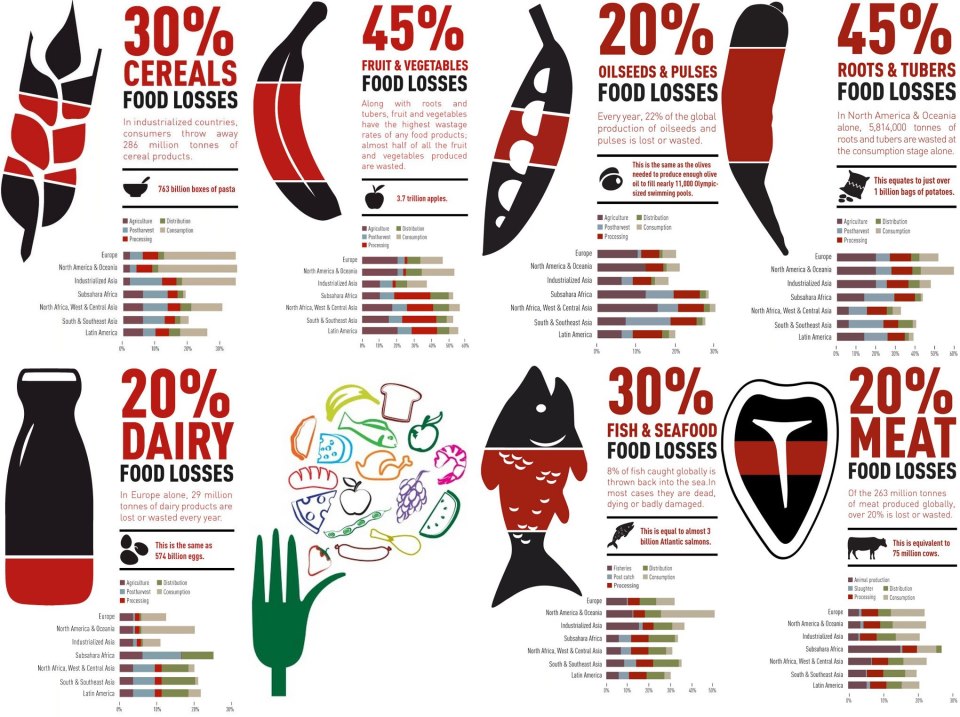We have decided we are going to take a leap of faith and move to a lovely piece of property with friends. We are going to begin implementing and testing a number of
permaculture techniques and food forest designs. We begin by sitting down with the owners/landlords and getting all of the details hammered out. That hasn't happened yet; but we have great faith. So much so, that I just put my favorite fall jacket in a pile for garage sale/trade/donation and Sami is packing things in boxes as we speak.
 |
| (Click to Enlarge) |
What you see in the photo above is the property we are moving to. It covers 6.1 acres and has 2 seasonal streams on it! We have been struggling with selecting property for permaculture in Austin and we now have a great playground/school. With no neighbors to speak of, I can pursue my lifelong goal of being naked in the garden. We're so excited we can barely sleep. Ok. She can barely sleep and I'm creating graphics to illustrate how excited and unable to sleep I am.

We are working through a short list of self-nominators to take over our cozy duplex by Barton Springs. We're going to miss it very much; it's a wonderful location to connect with amazing people and their diverse communities.
As our focus turns to moving, we may not post much for a few a few days.














